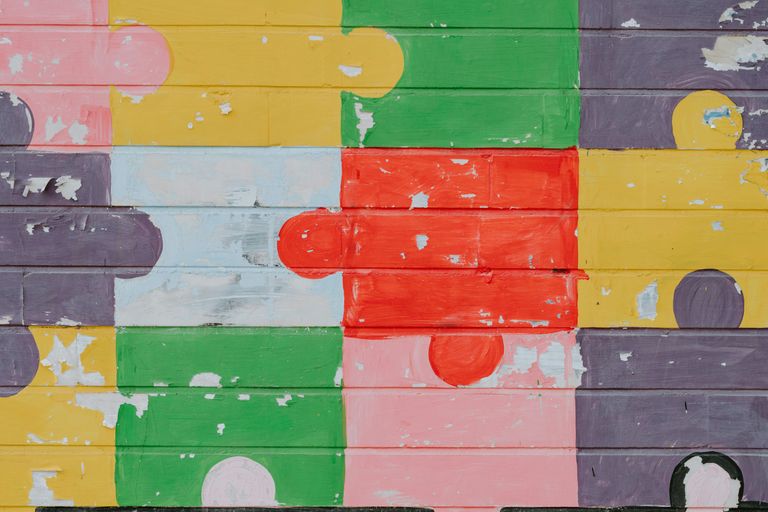
Así como el mundo fitness, los pilates, los aeróbicos y demás disciplinas que nos ayudan a mantener el peso del cuerpo en proporciones adecuadas para estar más saludables, la neuróbica es una disciplina que busca potenciar la capacidad del cerebro mediante ejercicios que lo desafían y lo obligan a salir de su rutina. Se basa en la premisa de que, al igual que los músculos del cuerpo, el cerebro necesita estimulación variada y constante para mantenerse ágil y saludable. Es así que realizar actividades de manera automática limita la activación de ciertas áreas neuronales, mientras que los cambios en la rutina y el uso de los sentidos de formas poco habituales generan nuevas conexiones sinápticas y fortalecen las ya existentes.
Just like the world of fitness, pilates, aerobics and other disciplines that help us maintain our body weight in adequate proportions to be healthier, neurobics is a discipline that seeks to enhance the brain's capacity through exercises that challenge it and force it to get out of its routine. It is based on the premise that, like the muscles in the body, the brain needs varied and constant stimulation to stay agile and healthy. Thus, carrying out activities automatically limits the activation of certain neuronal areas, while changes in routine and the use of the senses in unusual ways generate new synaptic connections and strengthen existing ones.
Las investigaciones en neurociencias han demostrado que el cerebro es plástico, es decir, capaz de reorganizarse y crear nuevas conexiones a lo largo de la vida. Este principio es clave en la neuróbica, ya que el objetivo es mantener y mejorar la función cognitiva a través de experiencias novedosas. Pequeños cambios en actividades cotidianas pueden marcar la diferencia, como cepillarse los dientes con la mano no dominante, tomar un camino diferente al habitual para ir al trabajo o cerrar los ojos al vestirse para activar el sentido del tacto. Estos ejercicios obligan al cerebro a esforzarse más de lo normal, promoviendo la producción de neurotransmisores que favorecen la memoria, la concentración y la creatividad.
Neuroscience research has shown that the brain is plastic, that is, capable of reorganizing itself and creating new connections throughout life. This principle is key in neurobics, since the goal is to maintain and improve cognitive function through novel experiences. Small changes in everyday activities can make a difference, such as brushing your teeth with your non-dominant hand, taking a different route to work than usual, or closing your eyes when getting dressed to activate your sense of touch. These exercises force the brain to work harder than normal, promoting the production of neurotransmitters that promote memory, concentration, and creativity.
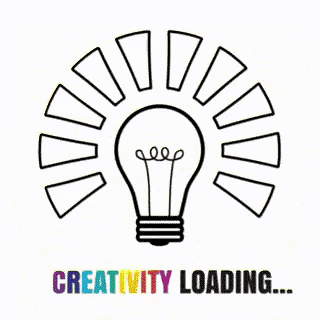
Otro aspecto importante es la integración de los sentidos en actividades que normalmente no los requieren. Oler una fruta antes de comerla, identificar objetos por el tacto sin mirarlos o escuchar música mientras se resuelve un problema matemático son estrategias que desafían al cerebro y lo sacan de su estado de comodidad. Además, la interacción social y el aprendizaje de nuevas habilidades, como tocar un instrumento, bailar o aprender un idioma, son formas efectivas de estimular la actividad cerebral y prevenir el deterioro cognitivo.
Another important aspect is the integration of the senses in activities that normally do not require them. Smelling a fruit before eating it, identifying objects by touch without looking at them, or listening to music while solving a math problem are strategies that challenge the brain and take it out of its comfort zone. In addition, social interaction and learning new skills, such as playing an instrument, dancing, or learning a language, are effective ways to stimulate brain activity and prevent cognitive decline.
Hay muchas formas de estimular a nuestro cerebro, no hay excusa para no hacer algún tipo de gimnasia mental que fortalezca los tejidos y aparte de lo cotidiano, de los ejercicios de alerta, destreza y movimiento que debemos realizar, también están ciertos juegos, como el hábaco, los LEGO de los que mi esposa escribió ayer, y por supuesto que no podía faltar los rompecabezas: una de las actividades lúdicas y coadyuvantes a los tratamientos convencionales que más envío a mis pacientes que no solo están pasando por etapas de estrés o ansiedad.
There are many ways to stimulate our brain, there is no excuse not to do some kind of mental gymnastics that strengthens the tissues and apart from the daily exercises of alertness, dexterity and movement that we must do, there are also certain games, such as tobacco, LEGO that my wife wrote about yesterday, and of course I couldn't forget the puzzles: one of the fun activities and adjuvants to conventional treatments that I most often send to my patients who are not only going through stages of stress or anxiety.
Cuando John Spilsbury, un cartógrafo británico del siglo XVIII, tomó un mapa y lo cortó en piezas irregulares con la intención de enseñar geografía a los niños, no imaginó que estaba dando origen a un pasatiempo que trascendería siglos. Aquella idea simple pero ingeniosa se convirtió en un entretenimiento que desafía la mente y ha evolucionado en formas inesperadas. Al principio, los rompecabezas eran de madera y representaban mapas, pero con el tiempo, la variedad de imágenes y materiales se amplió, haciendo que el desafío fuera cada vez más atractivo.
When John Spilsbury, an 18th-century British cartographer, took a map and cut it into irregular pieces with the intention of teaching geography to children, he didn’t imagine that he was giving birth to a pastime that would transcend centuries. That simple yet ingenious idea became a mind-challenging entertainment that has evolved in unexpected ways. At first, puzzles were made of wood and depicted maps, but over time, the variety of images and materials expanded, making the challenge increasingly appealing.
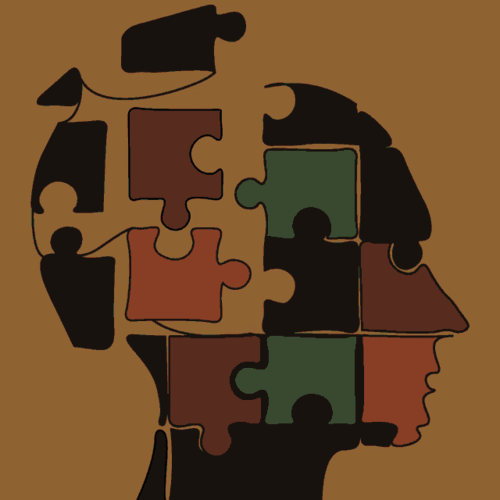
Durante el siglo XIX, la popularidad de estos juegos creció, sobre todo en la alta sociedad, donde se consideraban una actividad refinada. Las piezas seguían siendo de madera, cortadas a mano con gran precisión. No fue sino hasta el siglo XX que la industrialización permitió la producción masiva, reemplazando la madera por cartón troquelado, lo que los hizo más accesibles. En esa época también aparecieron diseños más complejos, desde escenas históricas hasta ilustraciones artísticas, atrapando a todo tipo de público.
During the 19th century, the popularity of these games grew, especially in high society, where they were considered a refined activity. The pieces were still made of wood, hand-cut with great precision. It was not until the 20th century that industrialization allowed mass production, replacing wood with die-cut cardboard, making them more accessible. More complex designs also appeared at that time, from historical scenes to artistic illustrations, captivating all types of audiences.
Los rompecabezas dejaron de ser solo imágenes divididas en piezas y se diversificaron en distintas categorías. Los tradicionales, de dos dimensiones, siguen siendo los más populares, pero existen los tridimensionales, que permiten construir estructuras y monumentos en relieve. También están los mecánicos, como el cubo de Rubik, que requieren movimientos específicos para ser resueltos, y los de lógica, como los de madera entrelazada, donde el reto es desarmar y volver a armar la figura.
Puzzles have ceased to be just pictures divided into pieces and have diversified into different categories. The traditional two-dimensional puzzles are still the most popular, but there are three-dimensional puzzles, which allow you to build structures and monuments in relief. There are also mechanical puzzles, such as the Rubik's cube, which require specific movements to be solved, and logic puzzles, such as the interlocking wooden puzzles, where the challenge is to take the figure apart and put it back together.
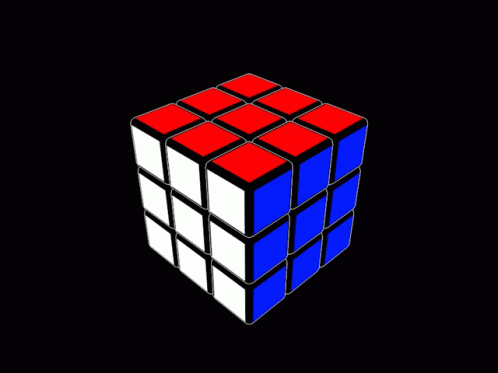
El material ha evolucionado con la creatividad y la tecnología. Aunque el cartón sigue siendo el más común por su facilidad de producción y bajo costo, los de madera siguen teniendo un mercado especial entre coleccionistas y aficionados a los desafíos más clásicos. También han surgido versiones de plástico, metal o acrílico, especialmente en rompecabezas mecánicos y tridimensionales. Con el auge digital, aparecieron los rompecabezas virtuales, que ofrecen la posibilidad de armarlos en dispositivos electrónicos, permitiendo cambiar la cantidad de piezas según la dificultad deseada.
The material has evolved with creativity and technology. Although cardboard remains the most common due to its ease of production and low cost, wooden puzzles still have a special market among collectors and fans of more classic challenges. Plastic, metal or acrylic versions have also emerged, especially in mechanical and three-dimensional puzzles. With the digital boom, virtual puzzles appeared, which offer the possibility of assembling them on electronic devices, allowing the number of pieces to be changed according to the desired difficulty.
Más que un simple distractor, los rompecabezas han sido valorados por sus beneficios cognitivos. Desarrollan la paciencia, la concentración y la capacidad de resolución de problemas. Desde mapas didácticos hasta complejas estructuras en 3D, han acompañado a generaciones, desafiando la mente con cada pieza que encaja y recordando que, en la vida como en el juego, cada parte tiene su lugar.
More than just a distraction, puzzles have long been valued for their cognitive benefits. They develop patience, concentration and problem-solving skills. From educational maps to complex 3D structures, they have accompanied generations, challenging the mind with each piece that fits together and reminding us that, in life as in play, every part has its place.
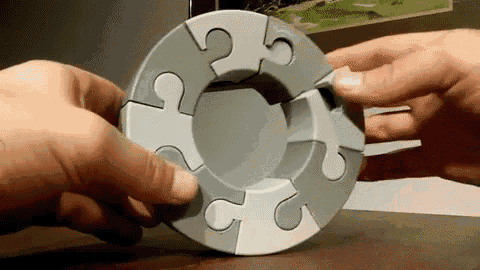
Armar un rompecabezas es un ejercicio de paciencia y concentración, pero también un desafío para el cerebro que lo obliga a salir de la rutina y a trabajar de maneras poco habituales. Cada pieza es un problema en sí misma, un fragmento que parece no encajar hasta que, después de intentos y observaciones, encuentra su lugar. Ese proceso, que puede parecer simple, activa regiones del cerebro responsables del razonamiento espacial, la memoria y la creatividad, lo que lo convierte en una herramienta perfecta para la neuróbica.
Putting together a puzzle is an exercise in patience and concentration, but it is also a challenge for the brain that forces it to break out of routine and work in unusual ways. Each piece is a problem in itself, a fragment that seems not to fit until, after trial and error, it finds its place. This process, which may seem simple, activates regions of the brain responsible for spatial reasoning, memory and creativity, making it a perfect tool for neurobics.
Al buscar la forma correcta, los colores adecuados y los bordes que coinciden, el cerebro está resolviendo un enigma visual que requiere análisis y memoria. No es solo una cuestión de observación, sino de estrategia, de probar diferentes combinaciones y aprender de los errores. Cada vez que una pieza no encaja y hay que replantear la búsqueda, el cerebro se adapta y refuerza su flexibilidad cognitiva. En la neuróbica, este tipo de ejercicios son clave, ya que estimulan conexiones neuronales nuevas y fortalecen las existentes, evitando que la mente se acomode en patrones rígidos.
By searching for the right shape, the right colours and the matching edges, the brain is solving a visual puzzle that requires analysis and memory. It is not just a matter of observation, but of strategy, of trying different combinations and learning from mistakes. Every time a piece does not fit and the search has to be reconsidered, the brain adapts and strengthens its cognitive flexibility. In neurobics, these types of exercises are key, as they stimulate new neural connections and strengthen existing ones, preventing the mind from settling into rigid patterns.
La variedad de rompecabezas también juega un papel importante. Los tradicionales, con sus cientos de piezas desordenadas, obligan a analizar detalles minúsculos y a desarrollar la paciencia. Los tridimensionales agregan un reto espacial, donde la visión en perspectiva se pone a prueba, mientras que los mecánicos requieren planificación y pensamiento lógico. Cambiar entre distintos tipos es un ejercicio neuróbico en sí mismo, ya que cada uno activa habilidades distintas y mantiene al cerebro alerta.
The variety of puzzles also plays a role. Traditional puzzles, with their hundreds of jumbled pieces, force you to analyse tiny details and develop patience. Three-dimensional puzzles add a spatial challenge, where perspective vision is put to the test, while mechanical puzzles require planning and logical thinking. Switching between different types is a neurobic exercise in itself, as each activates different skills and keeps the brain alert.
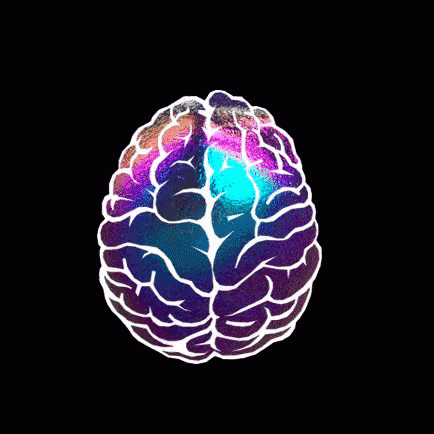
Más allá del beneficio cognitivo, resolver un rompecabezas es un descanso del ruido cotidiano. En un mundo donde la inmediatez domina, sentarse frente a un conjunto de piezas y dedicarle tiempo sin distracciones es un acto de atención plena. Es un momento en el que la mente se enfoca en un solo objetivo, alejándose del estrés y permitiendo que el pensamiento fluya sin prisas.
Beyond the cognitive benefit, solving a puzzle is a break from the daily noise. In a world where immediacy dominates, sitting down in front of a set of pieces and devoting time to it without distractions is an act of mindfulness. It is a moment when the mind focuses on a single objective, moving away from stress and allowing thought to flow without haste.
Cada pieza que encuentra su lugar es un pequeño triunfo, una señal de que el esfuerzo y la observación dan resultados. En esencia, los rompecabezas son un reflejo de la vida misma: a veces todo parece un caos, pero con paciencia y estrategia, cada fragmento termina por encajar. Estimulan el cerebro, entrenan la mente y recuerdan que el proceso es tan valioso como el resultado.
Each piece that finds its place is a small triumph, a sign that effort and observation pay off. In essence, puzzles are a reflection of life itself: sometimes everything seems chaotic, but with patience and strategy, each fragment ends up fitting together. They stimulate the brain, train the mind and remind us that the process is as valuable as the result.
Pero más que simples estudios que avalan la importancia de mantener activo nuestro cerebro, la neuróbica es también un tipo de filosofía que invita a cambiar la forma en que se percibe la rutina diaria. Introducir variaciones constantes en las actividades cotidianas y exponerse a situaciones novedosas contribuye a mantener el cerebro joven y activo. Al romper con la monotonía y desafiar la mente con estímulos inesperados, se fortalece la capacidad de adaptación y se optimiza el rendimiento cognitivo, lo que se traduce en una mejor calidad de vida a cualquier edad.
But more than just studies that support the importance of keeping our brain active, neurobics is also a type of philosophy that invites us to change the way we perceive our daily routine. Introducing constant variations in everyday activities and exposing ourselves to new situations helps to keep the brain young and active. By breaking away from monotony and challenging the mind with unexpected stimuli, the ability to adapt is strengthened and cognitive performance is optimized, which translates into a better quality of life at any age.

Creo que hasta aquí llegaré con esta publicación, sin antes decirles que la traducción al inglés de esta publicación la realicé con ayuda de una inteligencia artificial. Gracias por acompañarme en la lectura de principio a fin. Quiera mi Amo, Creador y Sustentador, permitirme, permitirnos a mi esposa y a mí compartir con ustedes en una nueva oportunidad.
I think this is where I will end with this post, without first telling you that I translated this post into English with the help of artificial intelligence. Thank you for accompanying me in reading it from beginning to end. May my Master, Creator and Sustainer allow me, my wife and I, to share with you on a new occasion.
Después de tanto tiempo de andar desaparecido de Blurt en cuanto a la escritura, aunque no de las lecturas, ha sido un placer escribir para ustedes, por ustedes, con ustedes.
After so much time missing from Blurt in terms of writing, although not reading, it has been a pleasure to write for you, by you, with you.
Que tengan un excelente día.
Have a great day.
Atte,
La familia RebeJumper / The RebeJumper family ©

Post received 1 votes this week and will get additional reward from this comment. You want to know more? Read in your language: 🇵🇱 Pl 🇬🇧 En 🇩🇪 De 🇪🇸 Es
📋 Posts ranking
Do you enjoy discussing various topics? Join the discussion forum on Blurt:
👉 Blurt Forum